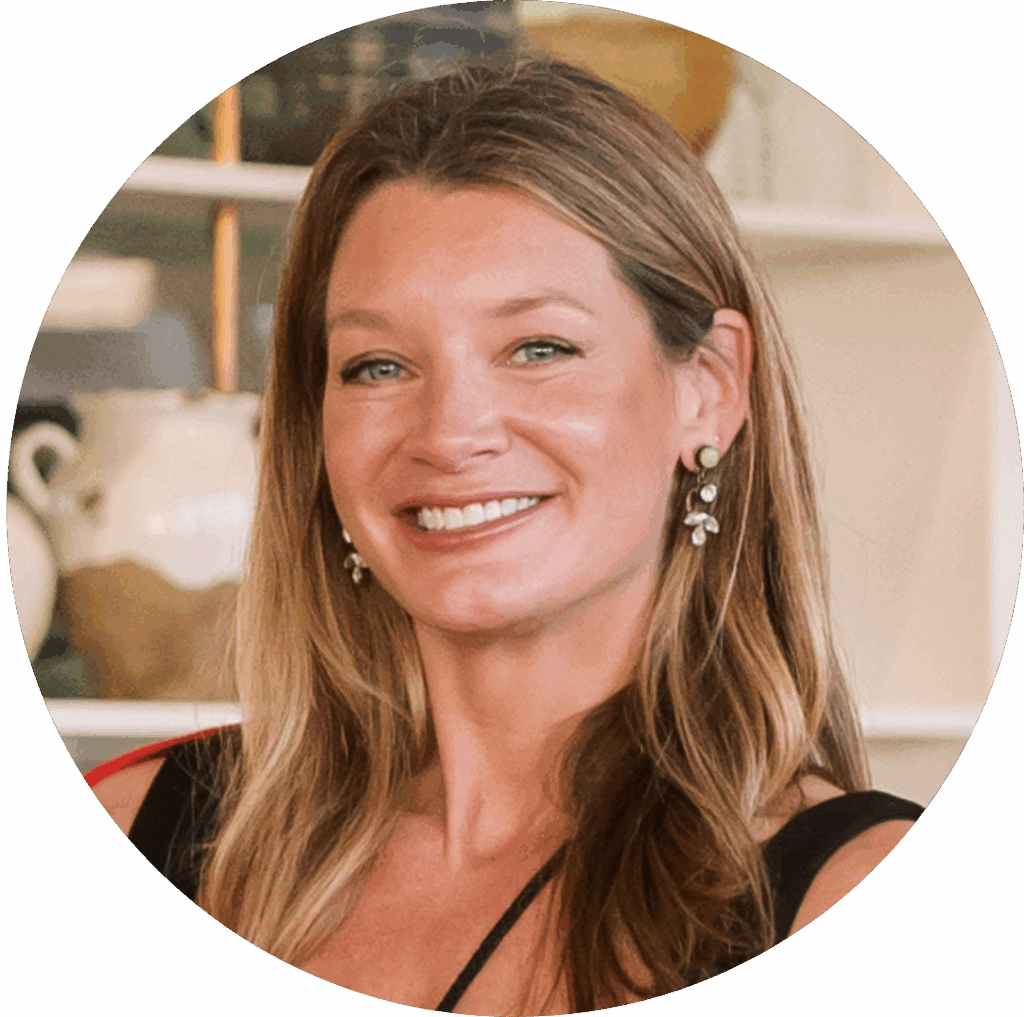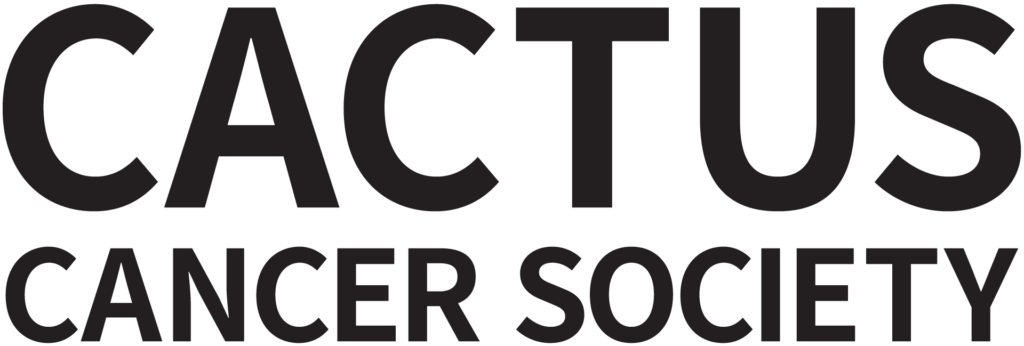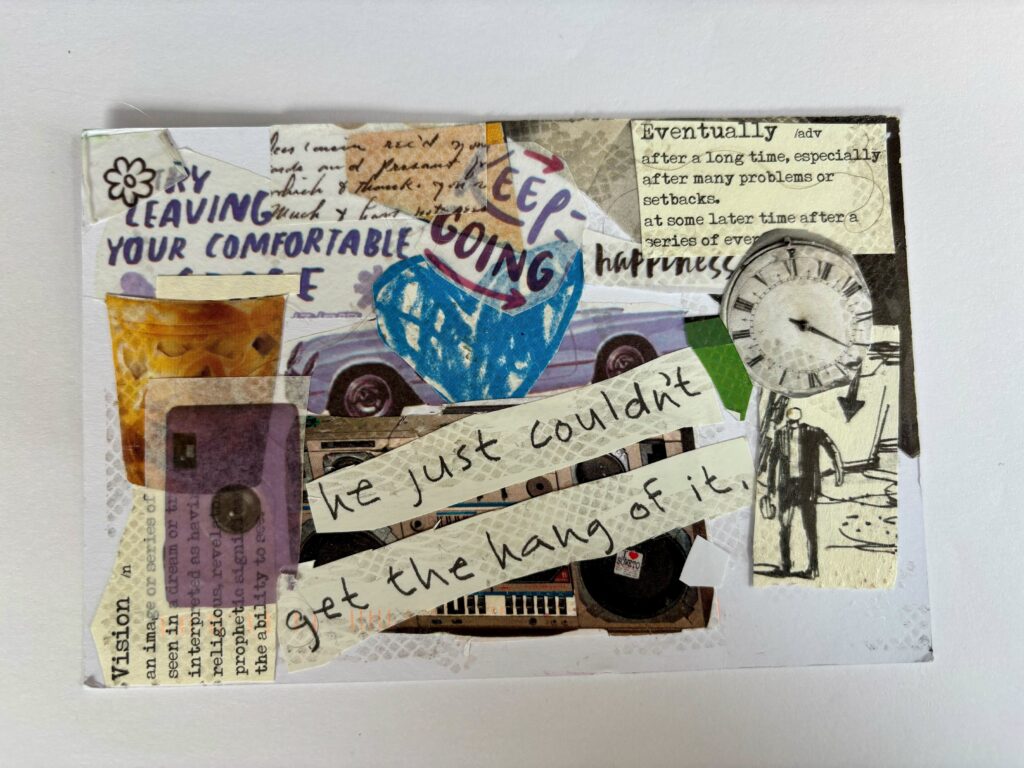The practice of setting resolutions for the New Year dates back hundreds of years. The New Year brings the promise of new beginnings, a chance to change and evolve into the coming year. These resolutions seem like such a good idea when we first list them out…and then weeks go by without little or no progress.
The problem is that every year, we tend to focus on the things that we feel we *should* be doing and set those items as our resolutions. We list those goals and we continue through the New Year on our merry way without much thought to how we want to accomplish each goal.
This year, instead of focusing on those things we *should* be doing, think about where you’d like to be in the coming year and divide that into measurable tasks and goals. By focusing on a direction you’d like your life to take, you can easily break it up into achievable goals and hold onto that motivation for longer. For instance, one of my New Year’s resolutions could be get into better shape, but three days after the New Year celebrations have come and gone, I will inevitably end up wondering how do I get into better shape?… and then I’ll probably lose interest.
Instead, I can decide that this next year, I want to make healthier decisions. That is the overall direction that can then be used to set my New Year’s resolutions…I want to have one green smoothie every day, do a workout class a week, and run/bike at least 3 times every week. Instead of an ambiguous thing I think I should do, I decide where I’d like to be going in the next year. You can pick more than one overall direction and you can have as many or as few resolutions (actual goals) for each. The world is your oyster!
Having resolutions as a survivor or caregiver helps us take control over our lives. They help us reshape our reality into one of our choosing…instead of one that cancer or illness have shaped for us.
How do you go about setting new years resolutions?








